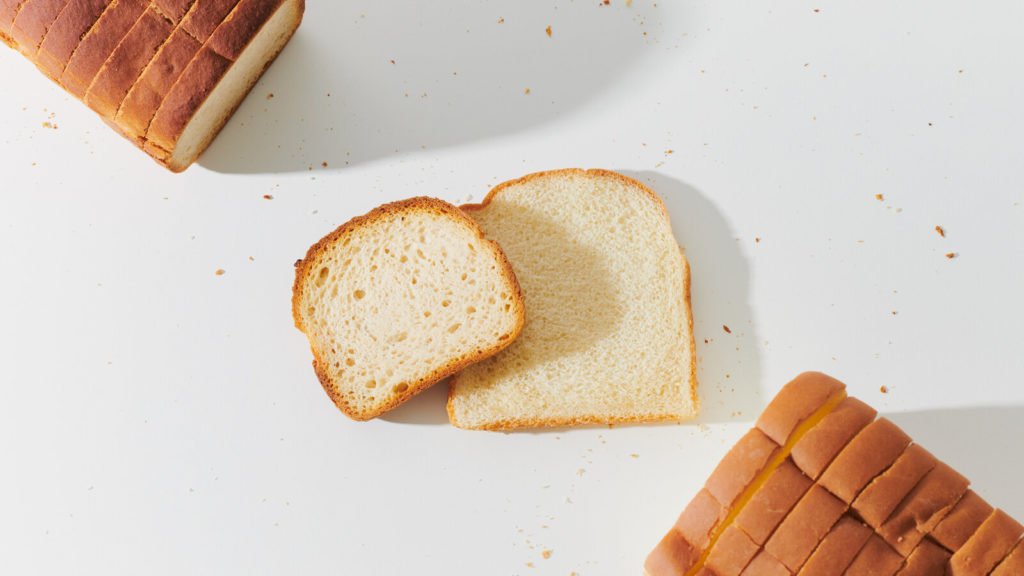Learn About All Natural Gluten-free Bun Ingredients – Bite into Goodness
Welcome to a world of culinary innovation and dietary inclusivity! In a gastronomic landscape where preferences and requirements are as diverse as the ingredients themselves, one remarkable trend has emerged to cater to the needs of a health-conscious and gluten-sensitive audience: the gluten-free bun. As the allure of this dietary choice continues to grow, so does the quest for creating the perfect gluten-free bun – a delicious and satisfying alternative to its wheat-based counterpart.
In this exploration, we delve deep into the realm of “Gluten Free Bun Ingredients,” uncovering the finest elements that come together to craft a bun that is not only free from gluten but also bursting with flavor, texture, and nutrition. Join us on this culinary journey as we unravel the essential components, techniques, and insights that pave the way for a delightful and inclusive dining experience.
Whether you’re an experienced chef, a passionate home cook, or simply someone seeking an understanding of gluten-free options, this exploration promises to inspire, inform, and elevate your appreciation for the art of gluten-free bun crafting.
Here You can check our new weight loss product.

Understanding the Importance of Gluten Free Buns
Gluten-free buns have gained significant attention in recent years and for good reason. While many individuals choose to adopt a gluten-free diet due to intolerances or allergies, others are mindful of its potential health benefits. Gluten is a protein found in wheat, barley, and rye that can cause troublesome symptoms such as bloating, headaches, and fatigue in those with celiac disease or non-celiac gluten sensitivity.
Choosing gluten-free buns not only caters to a specific dietary need but also offers a wider range of options for everyone. More and more restaurants and bakeries are recognizing the importance of accommodating customers with dietary restrictions by offering gluten-free alternatives. This inclusivity not only shows empathy towards those who genuinely require it but also allows others to explore different flavors and textures they may not have considered before.
Moreover, opting for gluten-free buns promotes innovation in the culinary world. Chefs are tasked with creating recipes that go beyond traditional baking techniques to deliver mouthwatering results without compromising taste or texture. By embracing these challenges head-on, they open up new possibilities for creativity and experimentation in the kitchen.
Common gluten-free bun ingredients
When it comes to crafting delectable gluten-free buns, a thoughtful selection of ingredients plays a pivotal role in achieving both the desired taste and texture. These carefully chosen components work in harmony to create a bun that not only caters to dietary restrictions but also delivers a satisfying culinary experience. Some common ingredients found in gluten-free buns include:
Gluten-Free Flours: A variety of flours can be used as the base for gluten-free buns. Popular options include rice flour, almond flour, coconut flour, chickpea flour, tapioca flour, potato flour, and corn flour. These flours provide the necessary structure and texture, often requiring a combination to achieve the perfect balance.
Binding Agents: Since gluten is responsible for the elasticity and binding in traditional wheat-based buns, gluten-free versions require alternative binding agents. Common choices are xanthan gum, guar gum, psyllium husk powder, chia seeds, and flaxseed meal. These agents help hold the ingredients together and contribute to a cohesive dough.
Liquid Ingredients: Just like in conventional buns, liquids are crucial for bringing the dough together. Water, milk (dairy or plant-based), and oil are commonly used to provide hydration, moisture, and fat content to the dough mixture.
Eggs or Egg Replacers: Eggs are often used in gluten-free baking to add structure, moisture, and a soft texture. However, for those following a vegan diet or with egg allergies, egg replacers such as applesauce, mashed bananas, yogurt, or commercial egg replacement products can be used.
Sweeteners: Sweeteners like honey, maple syrup, agave nectar, or granulated sugar can enhance the flavor profile of gluten-free buns. They also assist in promoting browning and adding a hint of sweetness.
Yeast: Yeast provides the buns with rise and a light, airy texture. Active dry yeast or instant yeast can be used, along with warm water to activate the yeast and allow the dough to rise.
Salt: Salt is a fundamental ingredient that enhances the overall flavor of the buns and balances the other ingredients.
Flavor Enhancers: Additional ingredients such as herbs, spices, cheese, dried fruits, nuts, or seeds can be added to the dough to create a unique flavor profile and elevate the taste of the buns.
Acidic Agents: Ingredients like vinegar or lemon juice can help improve the structure and texture of gluten-free buns by interacting with other ingredients like baking soda or baking powder.
Baking Powder or Baking Soda: These leavening agents work in combination with the acidic ingredients to help the buns rise and achieve a fluffy texture.
Alternative Flour Options for Gluten Free Buns
For those seeking gluten-free alternatives in their baking endeavors, a wide array of alternative flours exists to transform traditional recipes into delectable gluten-free creations. These flours not only cater to dietary restrictions but also introduce unique flavors and textures that can elevate your gluten-free bun experience. Here are some popular alternative flour options for crafting gluten-free buns:
Rice Flour: Rice flour, both white and brown, is a versatile choice for gluten-free baking. It’s relatively neutral in flavor and works well in combination with other flours. Its fine texture lends itself to creating a softer crumb in buns.
Almond Flour: Ground almonds yield a nutty and rich flavor, making almond flour an excellent choice for adding depth to your buns. It contributes a moist and slightly denser texture while being high in healthy fats and protein.
Coconut Flour: Coconut flour imparts a subtle coconut flavor and absorbs a significant amount of liquid, requiring more moisture in recipes. It’s often used in smaller quantities and can contribute to a fluffy and tender bun.
Chickpea Flour (Garbanzo Bean Flour): Chickpea flour is high in protein and fiber, offering a hearty and slightly nutty flavor. It can contribute to a denser texture in buns and is often combined with other flours for better results.
Tapioca Flour/Starch: Tapioca flour is a common choice for improving the texture of gluten-free baked goods. It adds chewiness and elasticity and can help bind other flours together.
Corn Flour/Cornmeal: Corn flour or cornmeal lends a hearty, slightly sweet flavor to buns. It’s commonly used in combination with other flours to achieve a balanced texture.
Final Thoughts
In conclusion, finding gluten-free bun ingredients is essential for those with gluten intolerance or celiac disease. It allows them to enjoy their favorite burgers and sandwiches without the risk of adverse health effects. By opting for naturally gluten-free grains like rice flour, tapioca starch, and millet flour, individuals can create delicious and safe buns at home.
Additionally, exploring alternative options such as almond flour or quinoa flour can provide a unique and nutritious twist to traditional buns. With the increasing availability of gluten-free products in stores and online, it has never been easier to find high-quality ingredients for homemade gluten-free buns. So why wait?
FAQs
Can I find gluten-free buns at regular grocery stores?
Yes, most regular grocery stores now carry a selection of gluten-free products, including bread and buns. You can also find a wider variety at specialty health food stores.
How should I store gluten-free buns to keep them fresh?
To keep your gluten-free buns fresh for longer periods, it is recommended to store them in an airtight container at room temperature or freeze them if not consumed within a few days.







